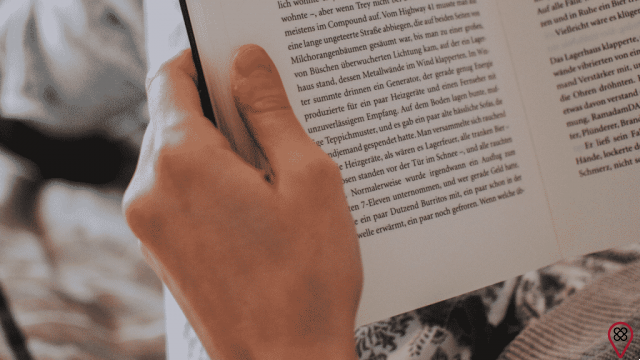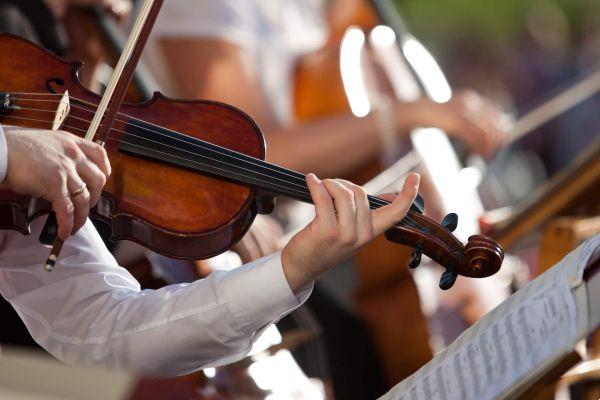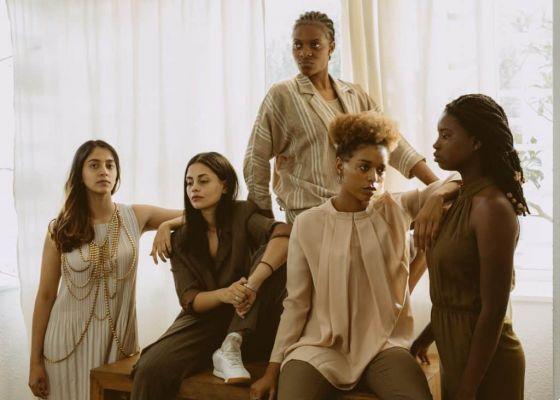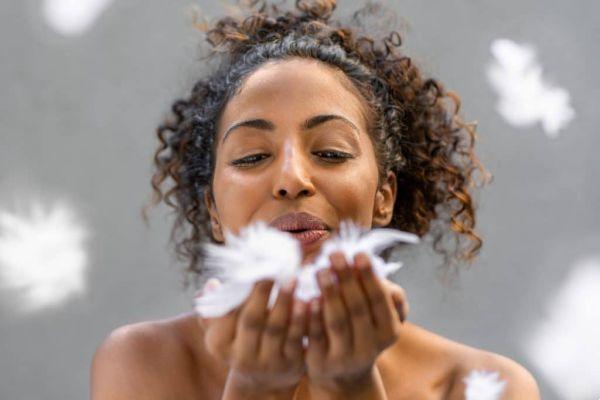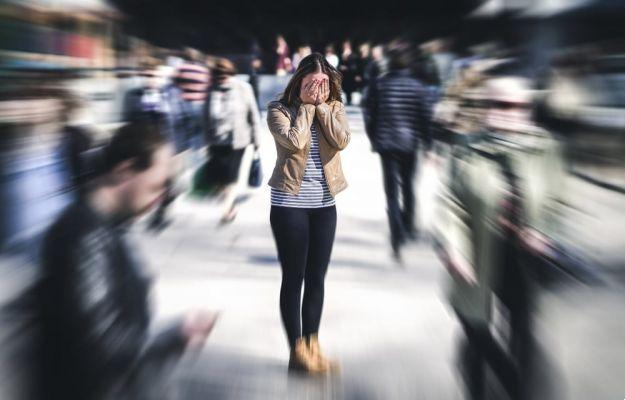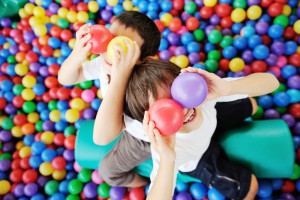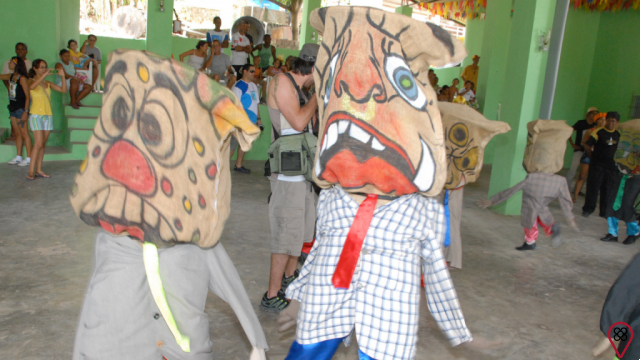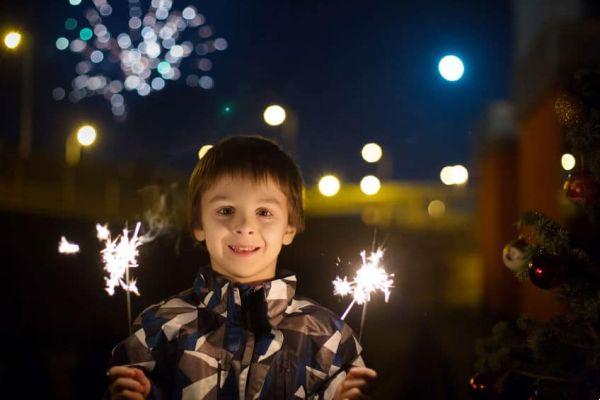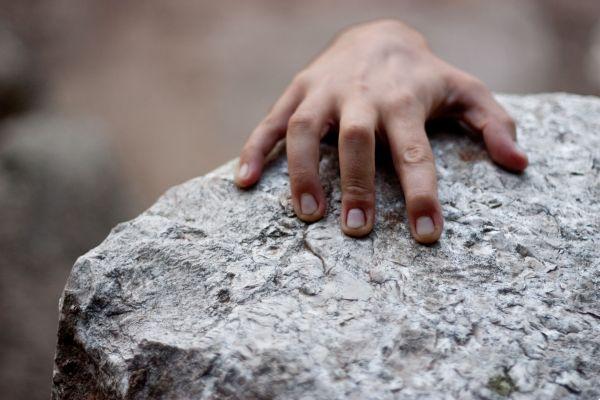March 20th is Storyteller Day, and what a wonderful role this creative storyteller plays! Storytelling is a method of preserving memories and biographies. In addition to literary stories, which are very important, the story can have a biographical and historical character, so that the teller will narrate his life or stories that he heard and that are only kept alive thanks to orality. Campos (2011) reports that, with the advent of archaeological science, the first way of learning and teaching human beings was discovered: storytelling.
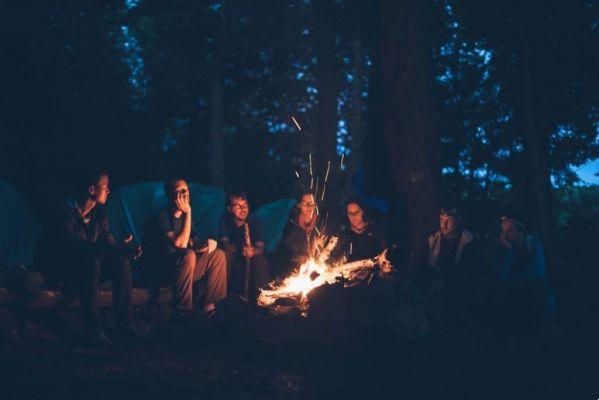
The figure of the storyteller, although traditional, proves to be current and viable nowadays, not only in libraries, schools and cultural spaces (DORNELAS, 2008), but also in the comfort of home and in the grandparents' house, for example. . The grandparents-grandchildren relationship tends to be very special, as the elderly are potential narrators, while children are attentive listeners to narratives, sometimes repetitive, that adults do not have the patience to listen to. Every child is curious and enjoys hearing stories and memories from older people, right? If they contain mystery, suspense and fantasy, they will entertain even more! There is an account (which became a children's book) of a grandmother who wove a patchwork quilt with her granddaughter; with each piece of darned fabric, a story was told. Each time the flap was observed, the story heard was recalled.
You may also like
- Storytelling: discover the new art of storytelling
- Understand the importance of reading for your life!
- Find out about the role of grandparents in raising grandchildren.
Oral traditions are quite common in many ethnic groups. For the Inuit (Eskimos), the opportunity to learn from the elders is through silent listening to the conversations and stories told by them (ROGOFF, 2005). In España, most indigenous societies also preserve their customs and traditions through the orality transmitted by their elders. There are examples of the importance of the elderly for the preservation of cultures in villages in the Amazon and Mato Grosso do Sul, where the Kaiowá chief Paulito Aquino, who claimed to be over a hundred years old, was the only person to perform the rituals of piercing the lips of the young people. Among the Baniwa, from Alto Rio Negro, the elderly are responsible for telling the stories of the creation of the world during the age-old rituals.
There are reports of old sages with supernatural knowledge and powers who gathered a legion of followers. The importance of the figure of these sages is also in the organization and social reorganization essential for the survival of the group. In the case of the kadiwéu, inhabitants of a large area in Porto Murtinho, on the border with Paraguay, the main skill is the art of body painting and ceramics. For more than a century, painting practices have been maintained by the women of this group; the older artists are the ones who retain the greatest knowledge of traditional symbols and designs.

The figure of grandparents, highlighted here, is not essential for the story, but we emphasize the special relationship that many of them have with their grandchildren. It is at the grandparents' house that the grandchildren receive pampering and perks that many parents do not offer, that is, the grandchildren are protected by their grandparents. Grandparents and grandchildren are accomplices, friends, partners. The traditional grandfather and grandmother, who were used to staying at home, reading the newspaper or knitting, are now quite modern, being able to take their grandchildren to school and do with them various activities that even include technology.
To praise the representation of the storyteller is to remember the importance of keeping alive the memory, historicity and oral narratives that need to remain alive and be transmitted from generation to generation.
References:
CAMPOS, Fernanda Rodrigues. Storytelling in the constitution of authorship: role & partnership. 2011. 65 fp 10. TCC (Graduate) – Letters Course, Federal University of Rio Grande do Sul, Viamão, 2011. Available at: LUME – UFRGS – Accessed on February 19, 2020.
DORNELAS, Camila Carrari. Once upon a time there was a tale, a story, an encounter: the rescue of oral tradition. Electronic Journal of the Institute of Humanities, Rio de Janeiro, v. VII, no. XXV, p. 1-27, Apr./Jun. 2008. Available at: Unigranrio Publications – Accessed on November 04, 2015.
ROGOFF, Barbara. The cultural nature of human development. 2005. Porto Alegre: Artmed.



